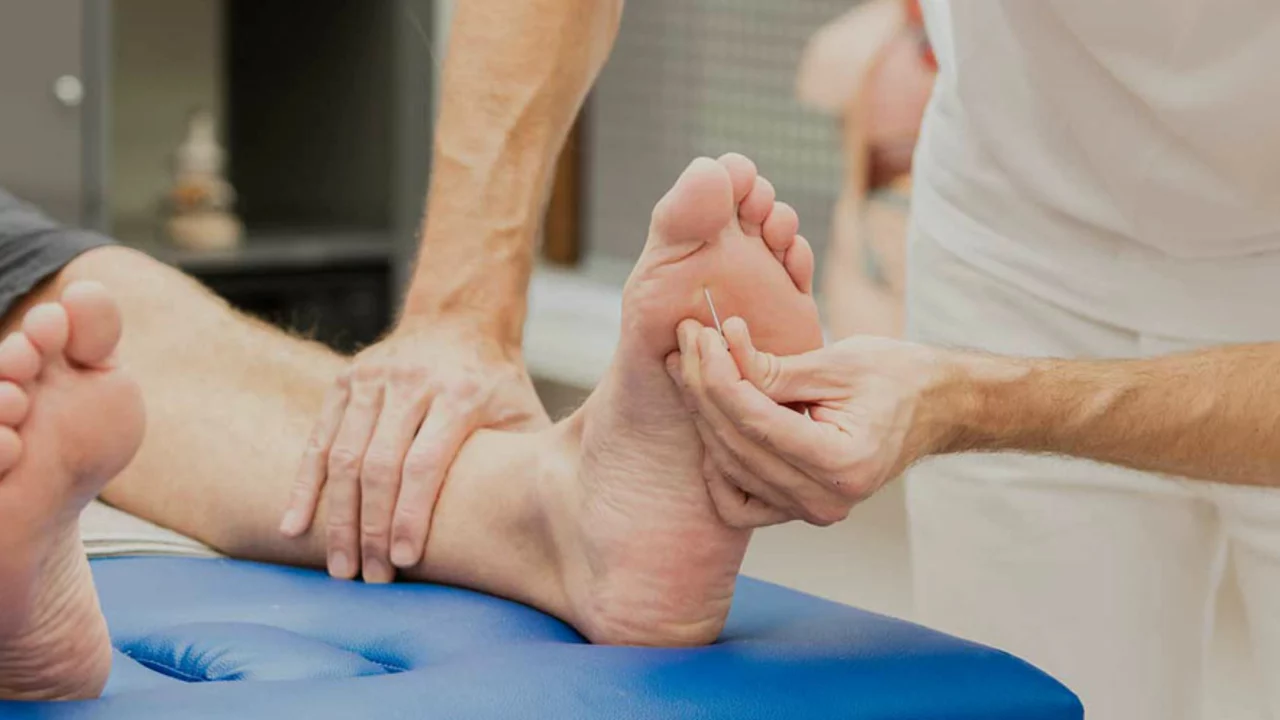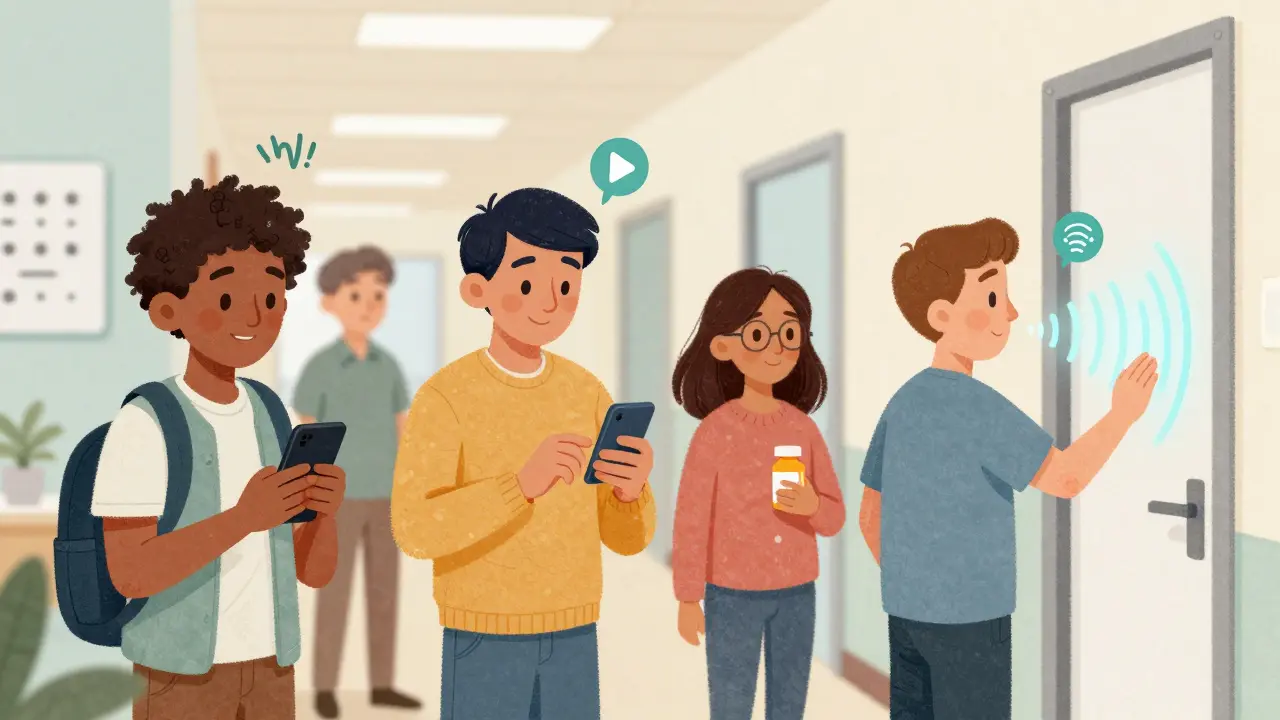Occupational Therapy: What It Means for You
If you’ve heard of occupational therapy but aren’t sure what it really involves, you’re not alone. This type of therapy is all about helping people do the everyday stuff they want or need to do—like cooking, working, or even just getting dressed—especially when health issues make those tasks tricky.
Whether recovering from an injury, living with a chronic illness, or managing mental health challenges, occupational therapy offers practical support tailored to you. Therapists look at your environment, your abilities, and your goals to find solutions that actually fit your life. It's not just about treatment—it’s about improving independence and confidence.
How Does Occupational Therapy Work?
Occupational therapists start by understanding your daily routine and any challenges you face. They might recommend specific exercises to build strength or coordination, suggest tools like special grips or adaptive devices, or guide you through new ways to tackle tasks. The idea is to make your environment easier and safer, so you can do what matters to you without extra struggle.
For example, if you have trouble holding utensils due to arthritis, they might suggest ergonomic handles. If you struggle with memory or focus, they could teach strategies to stay organized. It’s about finding what clicks for your needs and lifestyle.
Benefits Beyond Physical Help
People often think occupational therapy is only for physical recovery, but it also tackles mental health. Therapists support coping strategies for stress, anxiety, or depression that affect daily functioning. They can help build routines that promote wellbeing and address barriers that keep you from being fully independent.
Want to get back to work, school, or social activities? Occupational therapy covers that too by boosting skills and confidence so you can participate fully. It’s a hands-on, personalized approach that adapts as you improve or your goals change.
Knowing what occupational therapy involves can make it less intimidating and more appealing. It’s not just medical jargon—it’s everyday life help from someone who gets how small changes add up to big wins. If you or a loved one needs support with daily skills, it might be time to explore occupational therapy options and see what fits your life best.

Diabetic Peripheral Neuropathy and Occupational Therapy: How It Can Help
In my recent blog post, I explored the connection between Diabetic Peripheral Neuropathy (DPN) and occupational therapy. DPN is a common complication of diabetes that affects nerves, leading to symptoms such as pain and numbness. Occupational therapy is a beneficial non-pharmacological treatment option for DPN, helping patients improve their sensory and motor functions. It also provides strategies to cope with daily activities impacted by the condition. This therapy is crucial for enhancing the quality of life and independence of those living with DPN.

